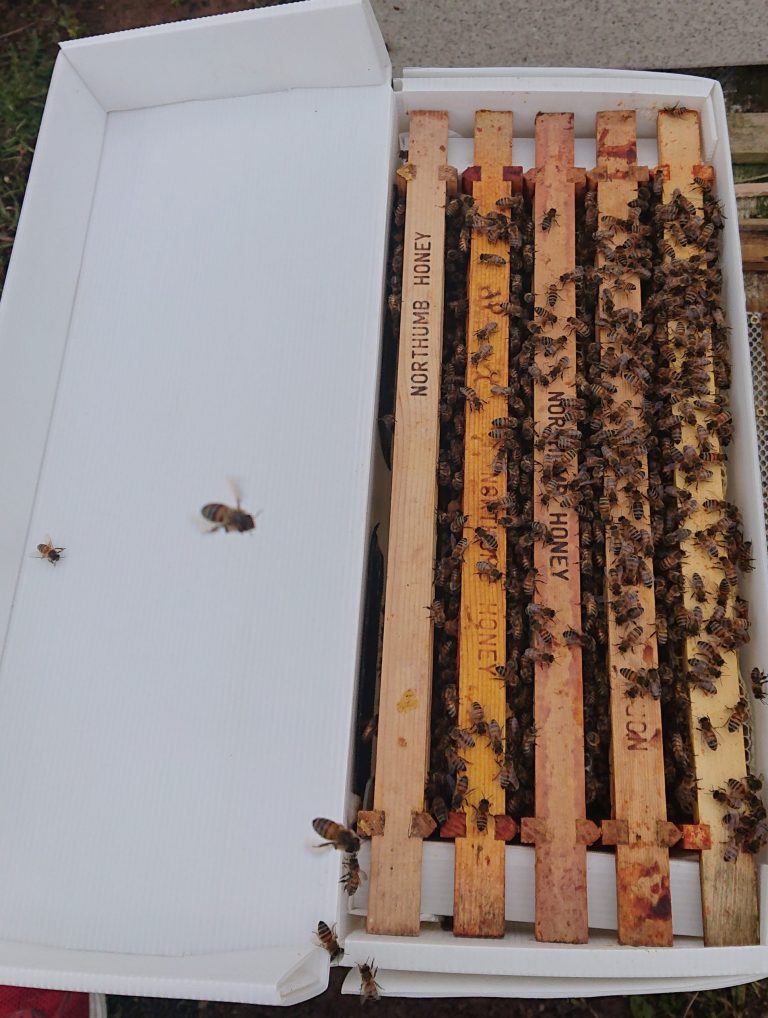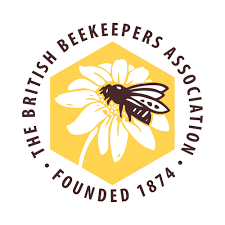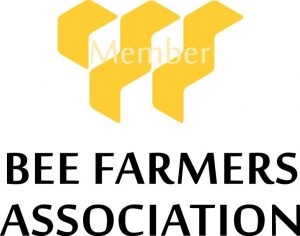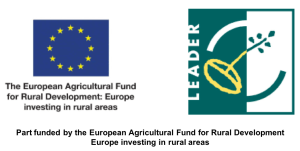Collecting & Transporting Bees
Essential Equipment
When you collect bees or transport them you are responsible for the safety of yourself, the bees and others. Therefore you need to be able to manage the bees in your possession.
This includes having:
Beesuit, gloves, smoker, smoker fuel, lighter, hive tool, dust sheet / mattress cover, ratchet or hive strap. (Ratchet straps are often easiest to use). Also enough fuel in the car to get home to avoid the need for stops, and a reliable vehicle to transport the bees in.
You never know what will happen on the road and in the case of an emergency or accident you may need for example the dust sheet to quickly cover over the nucleus box to contain the bees if they leak out or if you are involved in an accident.
It is also worthwhile checking your insurance to make sure you are covered for transporting bees. You should be a member of the British Beekeepers Association which does give some insurance, but you need to check that you are fully covered for what you intend to do.



Responsibilities
There are several responsibilities and obligations you need to address before moving bees.
You need to register on Bee Base. This is a register of beekeepers maintained by FERA and enables bee inspectors to trace where apiaries are located and importantly monitor and control disease. In an age where bees are often shipped across the country from areas that have significant levels of foulbrood disease (a disease which results in the destruction of colonies) bee base has never been more important. It also allows you to receive notifications of any disease in your area.
Getting Home
Moving bees in your car is the first important step you will take in beekeeping, and things can go wrong at this stage, from the queen being squashed between concertinaed frames from cornering and braking to the nucleus box tipping over and crashing open.
The nucleus box should be positioned with the frames running in the direction of travel, and strapped in placed. It should not be allowed to move around in the boot, or layed on it’s side or placed on a seat or passengers knee.
You should drive carefully, avoiding sudden acceleration or braking and keep the car cool with fresh air coming in with good air flow. Very important especially if you have the nuc box in the boot, you can consider removing the parcel shelf to allow good air flow.
Collection times are best to be early morning, or late evening. Bees travel best at these times, and if travelling any distance you should go straight home. It is best not to travel bees more than 2 hours if you can avoid it or if you are not experienced. You can travel bees for greater distance than this but you need to know what you’re doing. The greater the distance the greater the risks.
Letting the bees out
When you arrive home, the first thing to do is to place the nucleus box on the stand where you want the hive to be. You then position the entrance to face south so they get the most sun possible, and open the door or bung on the nuc box. Do not leave the bees sealed in. It is best to let the bees fly for a day or so to orientate before transferring to your hive.
In some years, if there is particularly cold weather you can sometimes leave the colony in the smaller space of a nuc box (less space for them to have to heat) this can be for 1-2 week, but after this period of time the bees will be potentially running short on space so will certainly need transferring within this time frame. Again though even if leaving in the nuc box in cold weather the bees still need to have the entrance open as soon as you get them home to help with ventilation.



